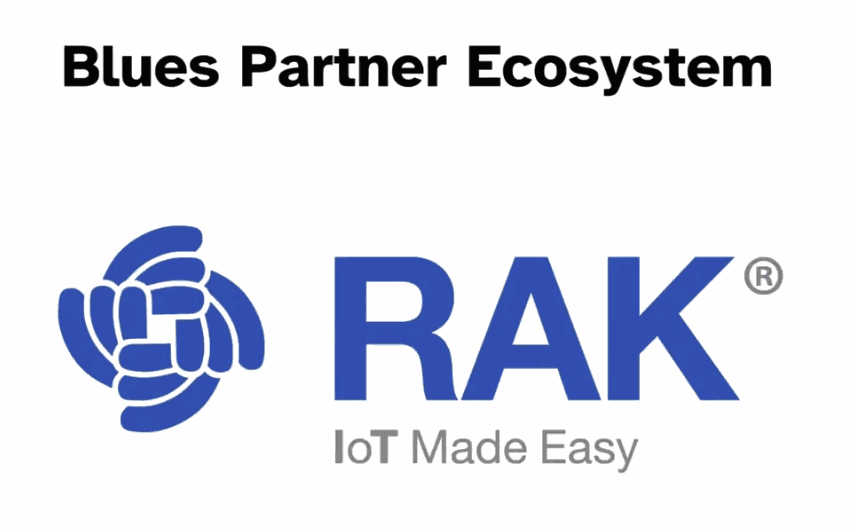Webinar Summary
The following summary is auto-generated from the webinar recording.
Welcome, everyone! Today, we’re diving into the exciting new features of our latest Notecards: the Cellular Plus Wi-Fi Notecard, the new Wi-Fi Notecard, and the Notecard LoRa. Our agenda is packed, and we’re thrilled to have RAK Wireless joining us to showcase our collaboration. Let’s jump right in!
Understanding Wireless Harmonization
Before we delve into the specifics of our new offerings, let’s discuss why we’re releasing these Notecards. The core idea is what we call “Wireless Harmonization.” This concept allows product builders to select the right radio access technology (RAT) for their IoT solutions without being locked into a single choice upfront. In a world where IoT applications often require a decision between cellular, Wi-Fi, LoRa, BLE, or satellite, the ability to harmonize these technologies is crucial.
Imagine being able to prototype with one wireless technology and deploy with another without rewriting your code. This is the future we envision—where deployment decisions are made based on real-time needs rather than development constraints.

New Notecard Offerings
Now, let’s take a closer look at the new Notecards we’re launching today. Each card has unique features designed to meet diverse connectivity needs.
Notecard Cell+WiFi
The Notecard Cell+WiFi offers both cellular and Wi-Fi capabilities, allowing for seamless communication over either network. This card is particularly advantageous for situations where Wi-Fi is preferred but cellular serves as a reliable backup.
Setting up this Notecard is straightforward. Users only need to run two commands to get it up and running:
hub.set- This command links the device to the Notehub cloud backend.card.wifi- This command configures the Wi-Fi network.
Once set up, the Notecard communicates over Wi-Fi by default and automatically switches to cellular if Wi-Fi is unavailable. This dual connectivity ensures that your device remains connected regardless of network conditions.
Notecard LoRa
The Notecard LoRa has generated significant interest since its announcement. This card supports both US and EMEA LoRa frequencies and is pre-provisioned to work with The Things Network (TTN) gateways immediately upon powering on.
One of the exciting features of the Notecard LoRa is its low-cost entry point—available at just $10. However, it’s essential to set expectations regarding latency and bandwidth. While LoRa is a fantastic option for low-power applications, it does come with limitations compared to cellular or Wi-Fi connections.
For those interested in scaling up, we also offer a Chips Edition of the LoRa and Wi-Fi Notecards, designed for high-volume deployments.
Notecard WiFi
The new Notecard WiFi is an improved, lower-cost option specifically for indoor solutions. This card retains the same M.2 pinout and JSON-based API as its Cellular and Cell+WiFi counterparts, making it a great choice for those who need Wi-Fi connectivity only.
Indoor Location Tracking with Wi-Fi
Another significant advancement is our Wi-Fi triangulation feature, which allows for accurate indoor location tracking using the new Wi-Fi Notecard and the Cell+WiFi Notecard. This is particularly beneficial for applications where GPS fails, such as indoors.
To demonstrate, we invited our senior developer advocate to showcase how this functionality works. In a recent demo, he successfully tracked a location underground, where GPS signals were unavailable. By utilizing Wi-Fi triangulation, he was able to pinpoint his location accurately.

Collaboration with RAK Wireless
As mentioned earlier, we’re excited to collaborate with RAK Wireless. They have developed new products that integrate our Notecards into their WISblock ecosystem. This partnership aims to create innovative IoT applications by combining the strengths of both companies.

To give you a better idea of how these technologies work together, Carl Eric Rowan from RAK Wireless recorded a short video explaining how to integrate our Notecards into their hardware platform. This integration allows developers to easily send sensor data to the cloud.
Harmonization of Data Flow
Lastly, let’s talk about the harmonization of data flow. Choosing Blues means you can develop a single solution that can be deployed with any host, utilizing cellular, Wi-Fi, or LoRa without jumping through hoops. This flexibility is crucial for successful IoT deployments.
Moreover, using the Notecards with Notehub allows for a seamless workflow, enabling you to focus on building your application rather than worrying about connectivity issues.

Conclusion and Next Steps
As we wrap up today’s session, we hope you’ve gained insights into the new Notecard offerings and the concept of Wireless Harmonization. We’re committed to making IoT easier and more accessible for everyone.
For developers interested in implementing IoT solutions with Blues technology, the Next Generation of Notecards offers exciting updates. Explore the Routing Data to Cloud tutorial to learn how to efficiently send data from your Notecard to cloud services like AWS and Azure. Additionally, the Collecting Sensor Data guide provides insights on setting up your Notecard and collecting data from various sensors. For specific projects, the Building Edge AI Applications tutorial is available for those looking to integrate machine learning with IoT devices.
